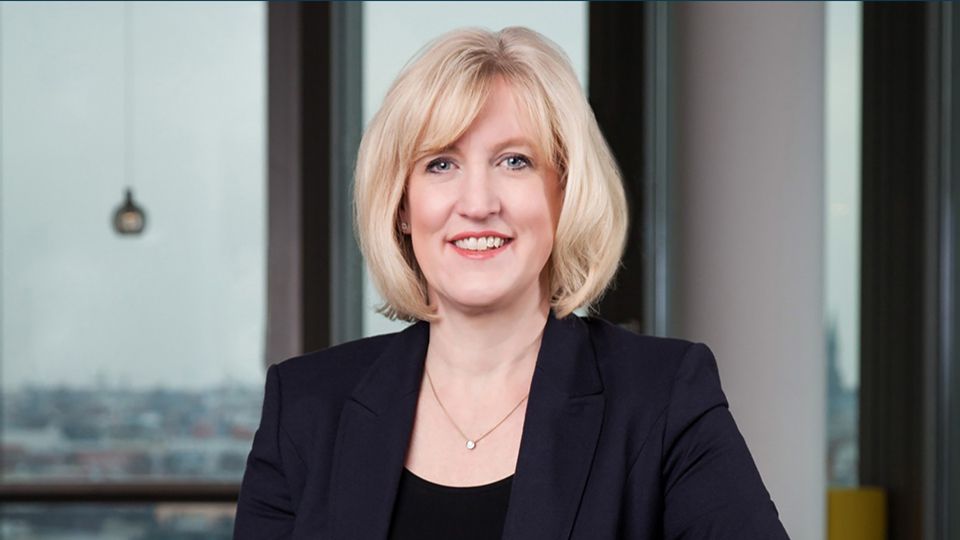This time feels different. If you have worked in or followed sustainable investment for long enough, you have heard this refrain many times. It was the hope that the tide was turning and a catalytic event was going to bring home the need for urgency on climate action to investors, policymakers, citizens and savers.
It was said when the historic Paris Agreement was signed, when climate catastrophes from heat domes to floods wreaked havoc in global North and South and when landmark Intergovernmental Panel on Climate Change reports irrefutably linked these climate catastrophes to man-made emissions. It turned out these were staging posts.
Then children started striking and the electorate in many countries started voting for the politicians who saw the need to mitigate and adapt to the changing climate. Many of the world’s largest investors and banks committed to making their portfolios carbon neutral within 30 years, and global policymakers started nudging and then pushing companies and investors to act through corporate disclosures, stewardship codes and pensions regulations, like in the UK.
In the run up to COP27 in Egypt, there are a few things for global investors and clients can watch out for:
Convergence on mandatory climate disclosures
One of the main barriers for investors to act on climate has been the lack of data and standardised metrics against which to report.
The Taskforce for Climate-related Financial Disclosures (TCFD) came together in 2015 to find some form of consensus on this. And TCFD is the organising framework to the many national and international frameworks announced in 2021-22 – from mandatory TCFD in the UK, to the SEC consulting on a proposal that will see the largest companies in the world reporting their audited carbon footprint, to Canada asking for mandatory disclosure of climate risk strategies, and to China just producing an investor-driven draft guidance on climate disclosures.
Meanwhile, the International Financial Reporting Standards foundation and its newly-constituted International Sustainability Standards Board is producing a corporate disclosure framework that will impact the accounting standards of 130 countries. It seems 2022 may be a pivotal year when we start to move beyond the lack of standardised, timely and reliable data.
Biodiversity becomes mainstream in net-zero conversations
COP26 recognised, for the first time, the role of biodiversity, nature-based solutions, oceans and the cryosphere as playing a more meaningful part in global emissions reductions – finally putting all these heavily interdependent systems into the climate change box.
The Taskforce for Nature Related Financial Disclosures will use the same playbook as TCFD to promote the measurement and management of these risks, but on a much more compressed timeline. Investors can expect these to become mainstream, in some form, in short order.
Governments must keep increasing ambitions and actions
The backdrop to this conference, the first African COP – coming as it is, amid security threats in Europe and an immediate concern around energy and food supplies – could be a distraction. However, this moment could also prove to be a catalyst, spurring action that is needed to secure the long-term security of these vital supply chains.
Some 78% of global fossil fuel reserves are owned by governments rather than the private sector – beyond the reach of investors and their active stewardship strategies but within the purview of geopolitical tensions and disrupted supply. The sooner countries build their own cheap, localised renewable power, the better.
If you zoom out, however, there is good news on climate.
A decade ago, the world seemed to be on track for a particularly grim future. Many researchers argued that ‘business as usual’ was likely to lead to temperatures in 2100 being four or five degrees above pre-industrial levels.
Today, the world is in a different place. The International Energy Agency estimates net-zero pledges by countries now cover 75% of global emissions and – if met – would result in a best estimate of under 2 degrees warming by 2100.
Systems change always requires multiple catalysts setting off multiple chain reactions, all working in a gigantic feedback loop.
Once this process gets going, it cannot be stopped. And this time does feel truly different.









